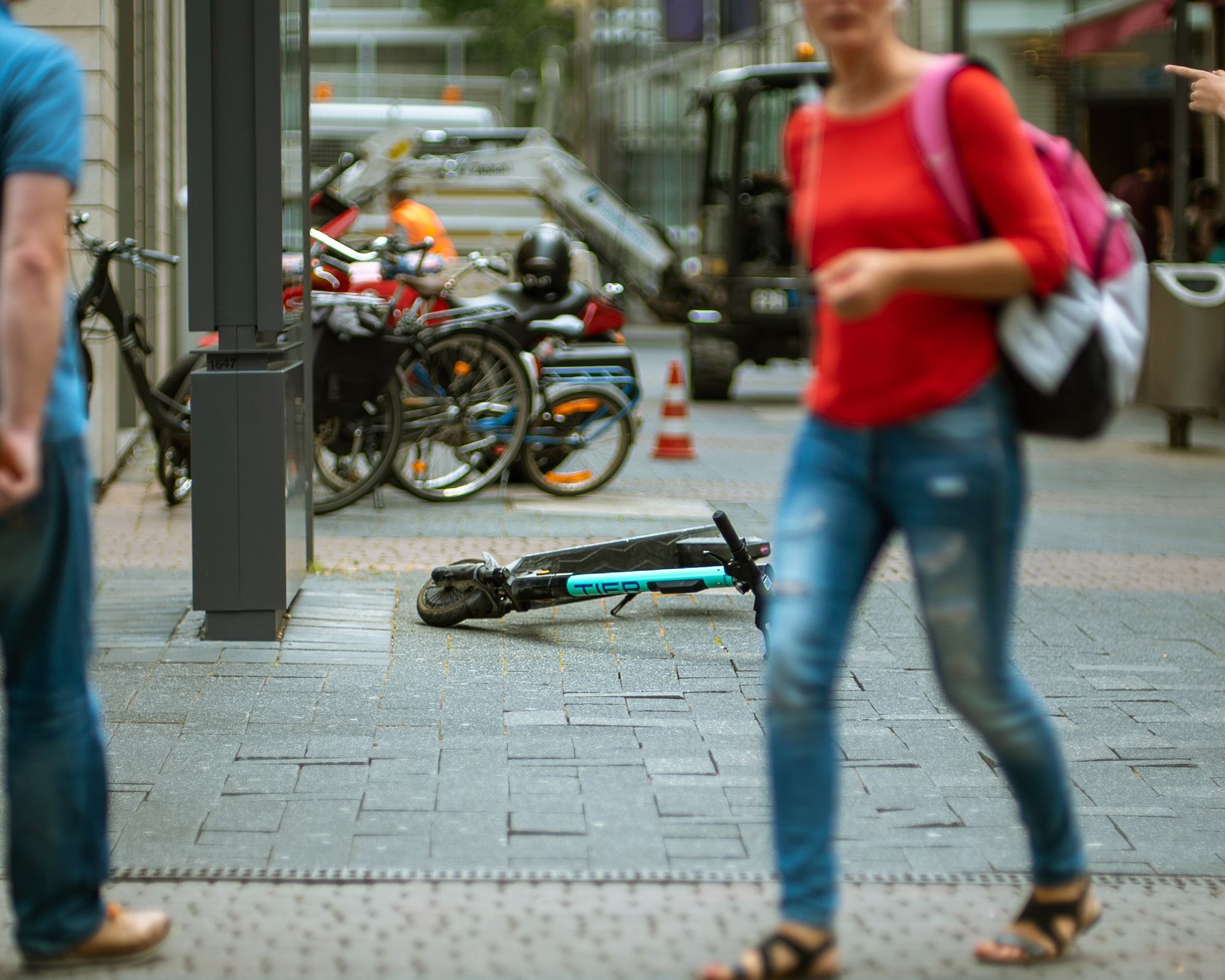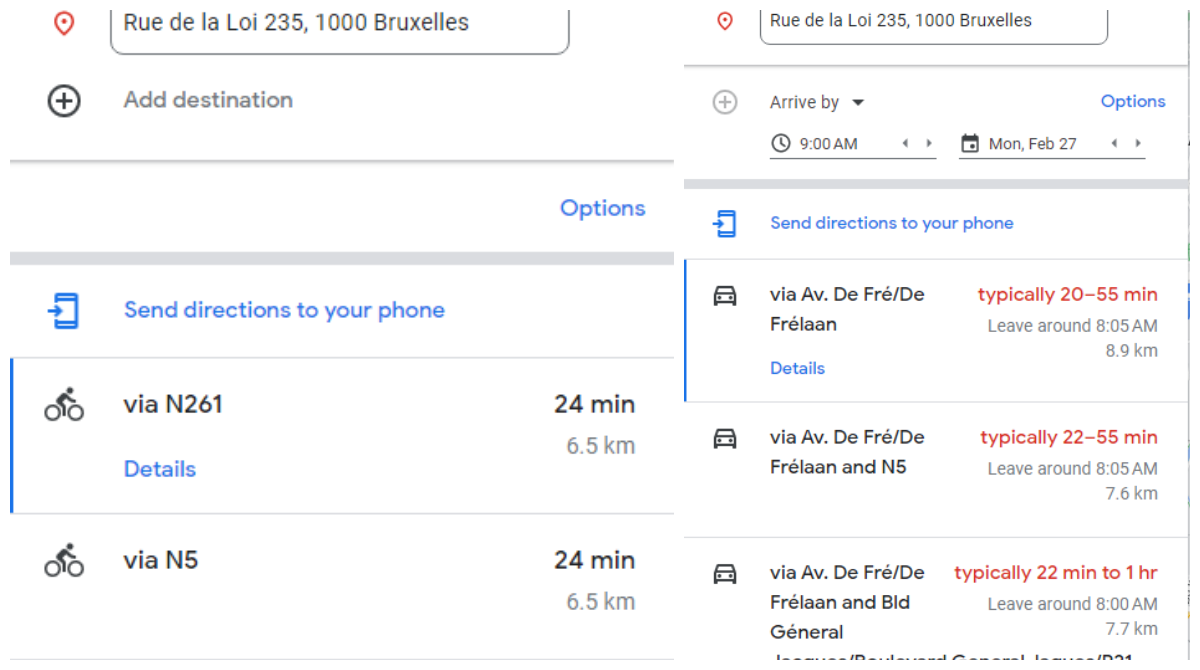Micromobility: The Future of Commuting or a Nuisance on Wheels?

If you live in a city, chances are you've seen them whizzing by. I'm talking about those electric scooters that seem to be taking over the streets. Love them or hate them, micromobility is here to stay. But is it the future of commuting, or just a passing fad?
Let's start with the good news. Micromobility, the use of small, lightweight vehicles for short trips, is an excellent way to get around in urban areas. It's fast, cheap, and eco-friendly. But there are a few downsides that we need to address.
First of all, let's talk about the elephant in the room: those electric scooters. As someone who lives in Brussels, I know all too well the problems they can cause. People riding them recklessly on the sidewalks, leaving them haphazardly parked all over the place, and even causing accidents. It's a mess, and it's not just a problem in Brussels. Cities across the world are struggling to find ways to regulate the use of these scooters.
But here's the thing: it's not the technology that's the problem. It's the people using it. Just like any other mode of transportation, there are responsible users and irresponsible ones. We need to work on educating people on how to use micromobility safely and responsibly.
Another issue with micromobility is the infrastructure. Many cities, including Brussels, simply aren't built to handle the influx of bicycles, e-scooters, and other alternative modes of transportation. We need more bike lanes, better sidewalks, and dedicated parking areas for micromobility vehicles.
But if we can solve these problems, micromobility could be the solution to many of our commuting woes. Let's take a concrete example: say you live in Uccle near Wolvendaal park and you want to arrive at your office on Rue de la Loi by 9 am every morning, a journey of around 6.5 km. If you take public transportation, it would take somewhere between 35 and 45 minutes according to Google Maps, and that's IF the bus you have to take does not get stuck in traffic somewhere along the way.

By car, Google gives you quite the range of travel time, between 20 and 55 minutes, even worse than public transit and probably dependent a lot on whether or not there are accidents and road works or whether the conditions are bad. At that point, you may as well walk briskly to the office, which according to Google would only take you around an hour and 15 minutes. And the travel time by bicycle or electric scooter: 24 minutes. That's less than half the time it would take on public transit, and more consistenty faster than a car, especially during morning rush hour.
And it's not just about speed. Micromobility is also a greener and more sustainable way to commute. E-scooters and e-bikes are powered by electricity, which is much cleaner than the emissions produced by gas-powered vehicles. With more and more people turning to micromobility, cities have seen a decrease in traffic congestion and a reduction in air pollution.
So, is micromobility the future of commuting, or just a passing trend? The answer is somewhere in between. There are definitely some challenges that need to be addressed, but the benefits of micromobility are hard to ignore. As long as we can find ways to regulate the use of these vehicles and improve the infrastructure, micromobility could be the solution to many of our commuting woes.

